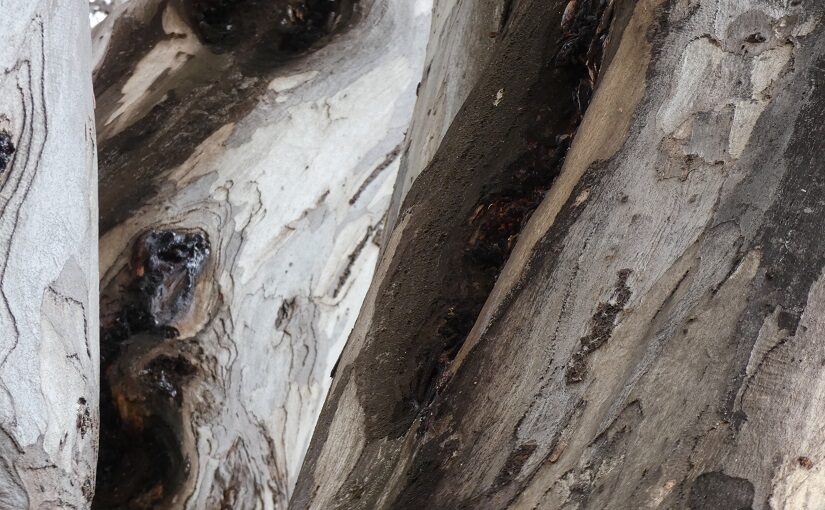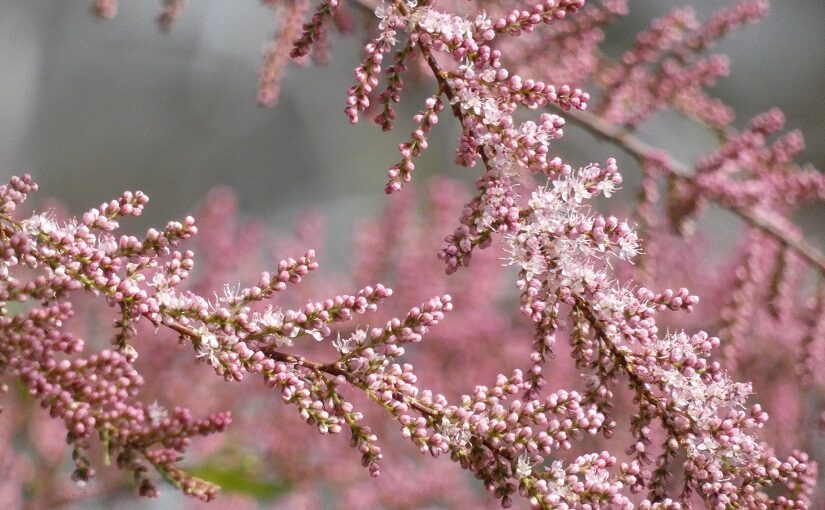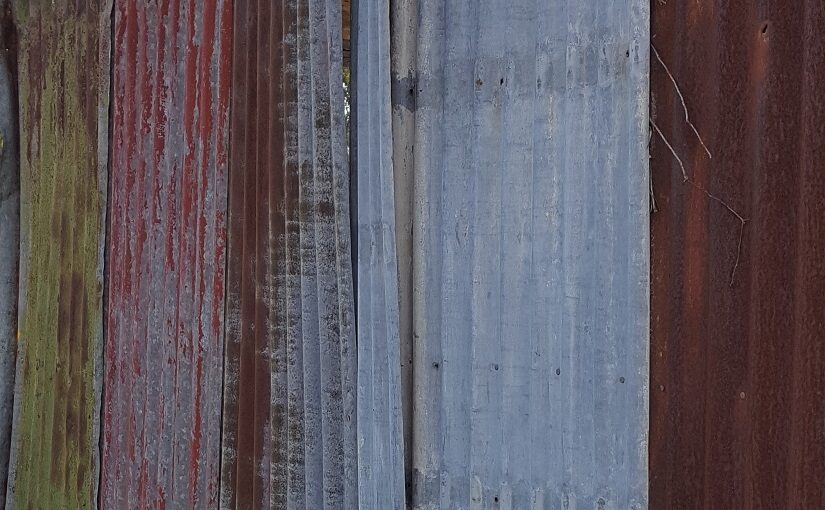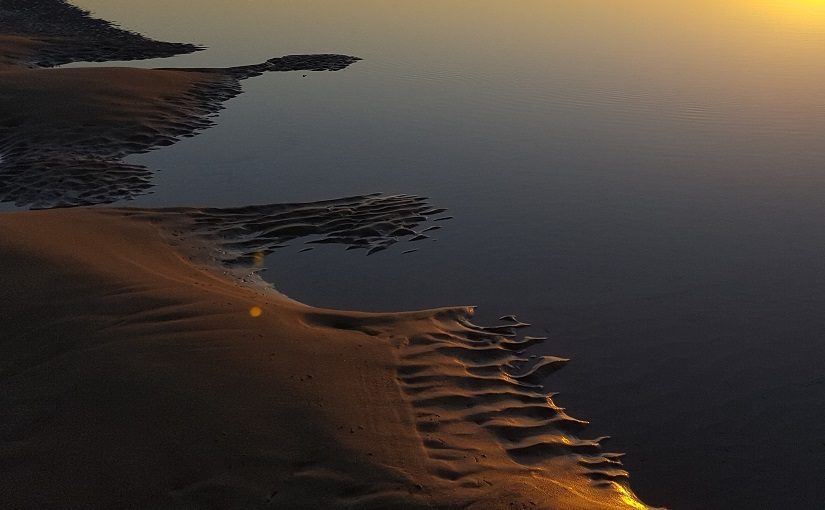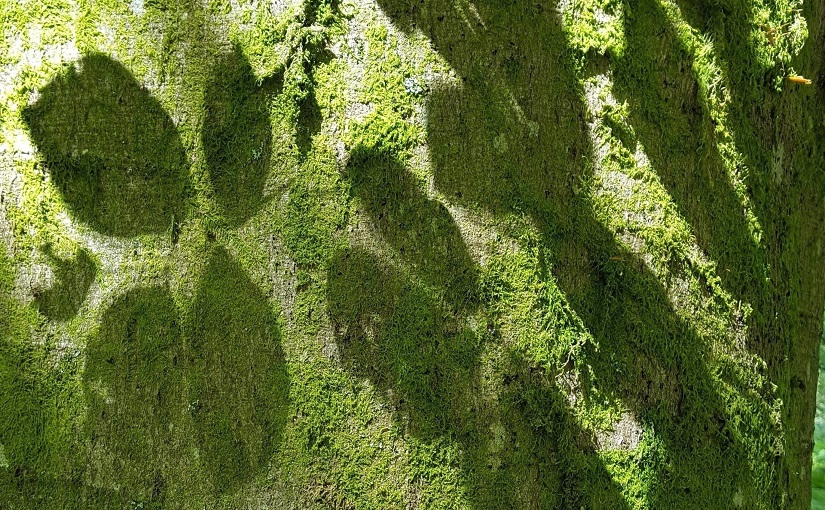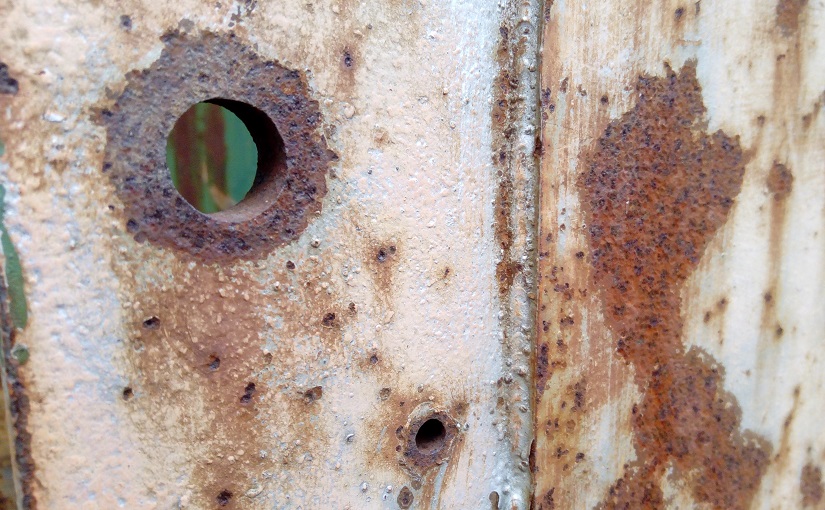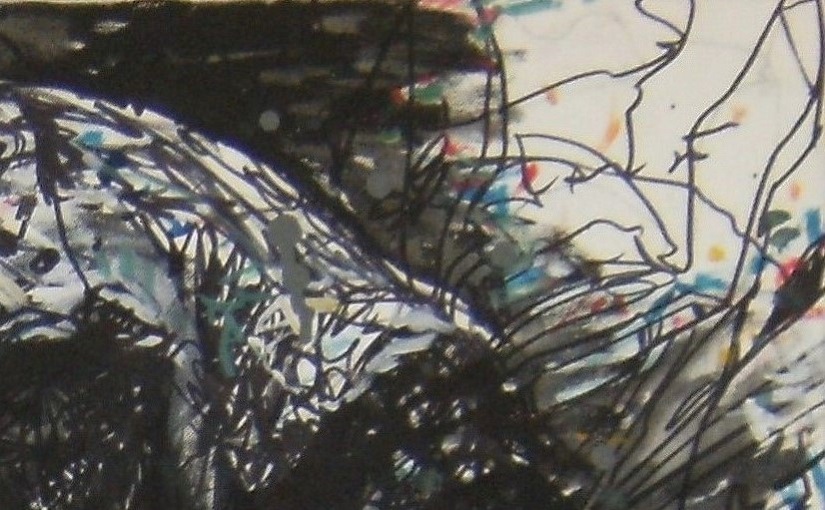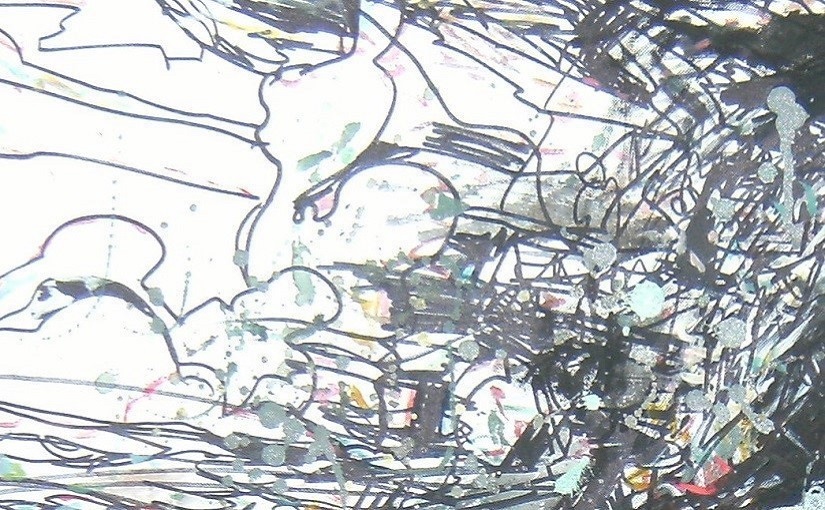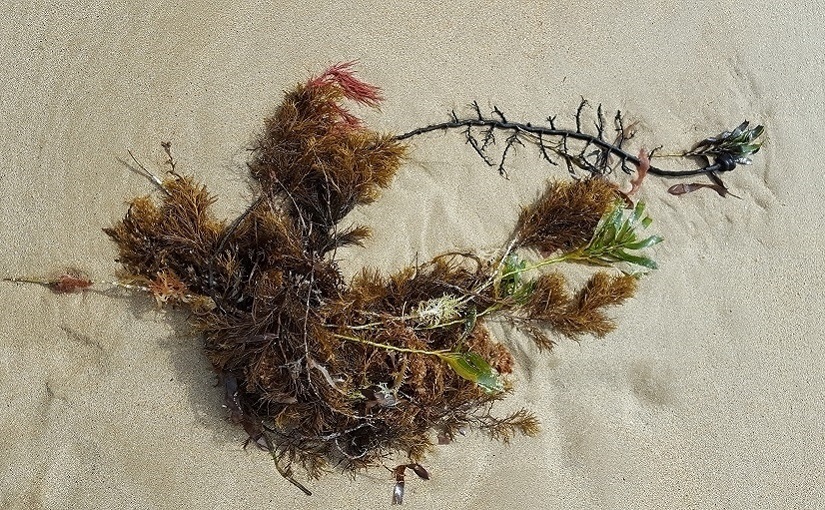It always seems strange, in a way, that something as “superficial” as art could effectively help deepen our understanding of things. This surface representation of how we see and interpret the world around us somehow being capable of adding new levels of meaning or awareness to our experience of life in general. As if it’s drawing things into focus – honing in on what it might mean to be human.
Of course, it might also be seen as a strangely exclusive, conceptual world full of its own terms, conventions and ways of talking about things so simple as light, colour, texture and perspective. As if the language of everyday life takes on all these precise meanings that could propel us away from a form of communication we might otherwise have found enlivening and valuable.
As with anything, there seems so much history to art that stepping foot into that world becomes daunting; as if we’re simply bound to reveal our ignorance and feel oddly at sea in a conversation whose language we never learnt. Hasn’t almost every area of life progressed to oddly specific places? Everything carrying this volatile weight of the past, with all that comes along with it: groups, arguments, sides.
Maybe it’s that language, like art, sits on the surfaces of deeper realities? Our words referring to a whole world of history, just as the artistic world rests on the long conversations that precede it. And then, beneath it all, there’s simply the question of “reality” and how we see it – how we come to describe in words, forms, thoughts or feelings the impression we have of all that’s around us.
Isn’t life all about how we’re seeing things? The sense we make of our surroundings using the ideas, interpretations or conclusions passed on to us. Our ability to see – to notice or understand – things perhaps shaped by all we’ve been told about what matters, how it connects and what it’s all saying. As if all we have in mind is informed by this conversation we were drawn into from birth with all of its preconceived notions.
Almost as if art might be trying to creep into our brains and find that place where thought and perception combine; challenging us to reconsider how we’re seeing and interpreting reality. This sense in which it’s forever placing other peoples’ perspective in front of us, asking that we see life with their eyes and grasp whatever meanings they were hoping to convey.
Which, in many ways, seems so human: this desire to communicate beyond the confines of our being. Each person seeing and assigning meaning their own way; hoping that others might experience life through their eyes and feel it with their thoughts. As if we’re trying to delve into the intricacies of perception and the sense we’re making from it – the way people see things and the things which matter to them.
Might it not be that unpicking that fundamental sense of “meaning” somehow deepens our ideas around being alive?
Notes and References:
The thought surrounding us
Thought, knowledge & coherent vision
Is there any end to the power of thought?
Do we live in different worlds?
Where do we get our ideas from?
The wonderful precision of language
Beauty is truth, truth beauty

